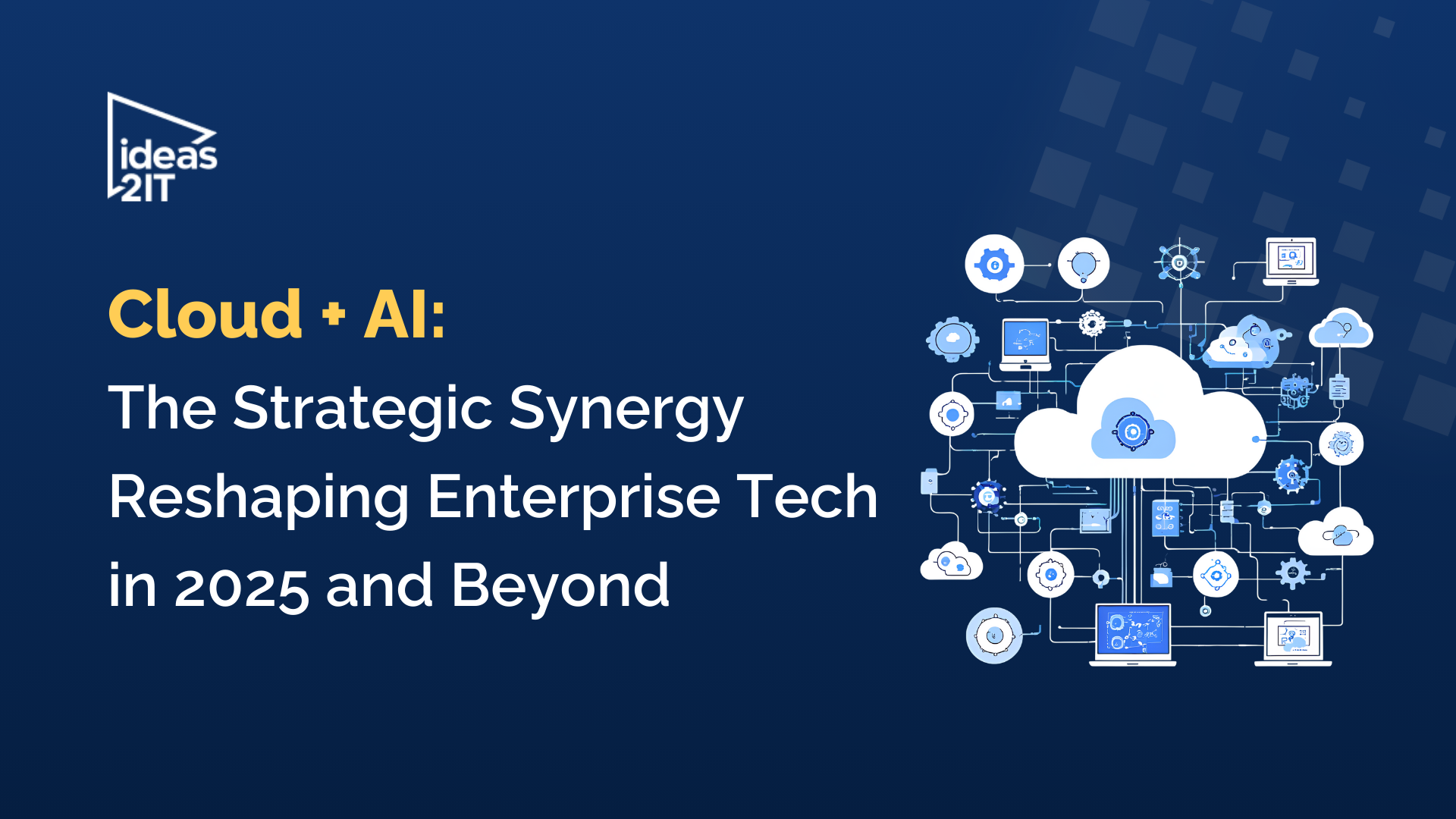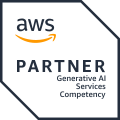Edge Computing for IIoT: Evaluating Devices for AI Integration
TL'DR
- Edge computing is now foundational to industrial AI. By running inference close to the data source, it minimizes latency, reduces cloud dependency, and keeps operations resilient.
- In our evaluation across electroplating and OEM manufacturing projects, NVIDIA Jetson emerged as the most reliable option due to its GPU-backed performance and ecosystem maturity.
- However, Google Coral and Intel UP2 remain viable for lighter or specialized workloads.
- The right choice depends on your workload, industrial stack, and MLOps readiness.
- Edge computing is a model where data processing occurs near the source of data. Unlike traditional centralized computing with major cloud vendors like AWS and Microsoft Azure, edge computing takes place at the periphery of the network.
- This proximity to data sources enhances speed and reliability of services, offering a significant advantage over conventional methods.
Why Edge Computing Matters
Unlike centralized cloud models (AWS, Azure, GCP), edge computing runs workloads near the data source inside a plant, camera, or device.
Key advantages:
- Low latency: milliseconds instead of cloud round-trip delays.
- Resilience: workloads keep running even with poor connectivity.
- Cost efficiency: avoids heavy cloud GPU usage.
- Security & compliance: sensitive data stays local.
How to classify edge computing types?
IIoT scenarios such as image processing, text analysis, and cyber security demand intense computational power. In these cases, Neural Networks are utilized, making Edge Computing and analytics essential. Recently, we worked on projects requiring Edge Computing devices capable of running AI models. We explored available options for edge devices and compared five major competitors in the current market based on our findings.
Here are the contexts for deploying edge devices in our two projects:
- Electroplating Plant: Develop a Neural Network model for Process Modeling and Control to determine the optimal control settings for the plant.
- OEM Manufacturing Plant: Automatically inspect defects for Quality Control using cameras.
We analyzed the pros and cons of various market options and summarized our findings in the table below.

These options were analyzed not only for features but also for compatibility with manufacturing assets, supported OS, and so on.
We decided to zero in on NVIDIA Jetson for those particular implementations, mainly because the Nano is built on a 128 Core Maxwell GPU which is used on GeForce graphic cards. It also supports a lot of ML frameworks with a higher level of performance compared to others.
Conclusion:
In our evaluation of edge computing devices for IIoT applications involving image processing, text analysis, and cybersecurity, NVIDIA Jetson emerged as the preferred choice due to its robust performance and compatibility with a variety of ML frameworks. The NVIDIA Jetson Nano’s 128 Core Maxwell GPU offers significant computational power, making it well-suited for the Neural Network models required in our projects.
We rejected the others because:
- Google Coral’s TPUs: Built for high volume, low precision processing and can only work with TensorFlow.
- Intel Up2 with Compute Stick 2 or Compute Stick 2 with any Ubuntu/Raspberry Pi: Provides SDK for Computer Vision (Open Vino), which is not supported in Windows.
Google Coral is the latest in the market and sounds promising. We’ll certainly be keeping an eye on it and might even recommend it to our clients if there’s a feature fit
FAQs
Q1. What is the main advantage of edge computing devices?
They process data near the source, reducing latency, improving reliability, and cutting cloud costs.
Q2. Which edge device is best for running AI models?
NVIDIA Jetson is the most versatile for production AI due to its GPU power and broad ML framework support.
Q3. Is Google Coral good for industrial use?
It’s efficient for TensorFlow Lite workloads but less suited for precision-heavy industrial AI.
Q4. Can Raspberry Pi be used for AI at the edge?
Yes, for prototyping and light inference. It’s not ideal for production-grade, high-load AI.
Q5. How do I choose the right edge device?
Match the device to your workload, framework support, and deployment environment.








%20Hybrid%20Cloud%20Strategies%20for%20Modernizing%20Legacy%20Applications.avif)
%20Application%20Containerization_%20How%20To%20Streamline%20Your%20Development.avif)















